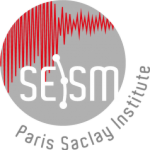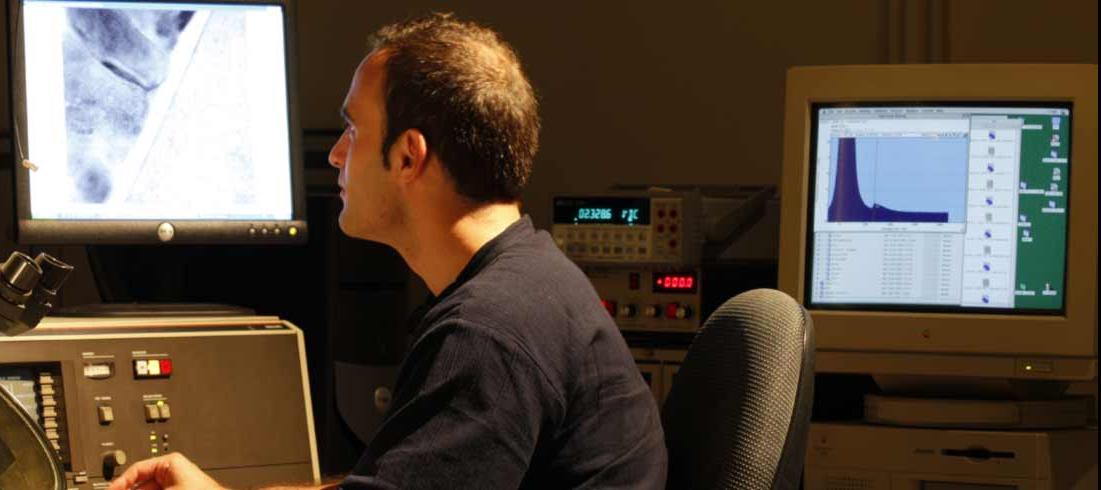at the Laboratoire de Mécanique des Sols, Structures et Matériaux (MSSMat), CentraleSupélec, CNRS
Scienti c context and objectives
Fundamental for risk analysis in seismic areas, synthetic seismograms can be based either on direct numerical simulation or on large databases of records. In the former approach, the signal is constructed as the result of wave propagation in a realistic ground. This approach requires quality data on the sources and the material properties of the soil. Because of both a lack of data and numerical cost associated to increasing the frequency of simulations, this approach is mainly limited to low or very low frequency range (below a few Hertz for instance). When using databases, the difficulty lies in choosing the appropriate signal within the database, that is to say the signal that would ressemble a signal that could actually be measured in the area under consideration. This matching is made today on broad considerations on the type of source mechanism and local soil properties. Such an approach is not always satisfying, in particular in areas with limited amount of data, for which more extrapolation is necessary. This project explores the possibility of merging both approaches, constructing a probabilistic framework in which deep learning techniques drive the selection of a broadband signal based both on a database of signals and a low-frequency direct numerical simulation model. Although with a clear application in mind, this project aims at considering theoretical issues presented by this construction. Within the eld of seismic engineering and deep learning techniques, this project can also be adapted to suit particular interests of a candidate.
This post-doctoral fellowship is funded within project SINAPS@ (“Earthquake & Nuclear Plant : Ensure and Sustain Safety”), which aims to explore the uncertainties inherent in data-bases, knowledge of the physical processes and methods used at each step of the evaluation of the seismic hazard and the vulnerability of structures and nuclear components, in the context of a safety approach. The main objective is to identify or quantify the seismic margins resulting from assumptions or when selecting the level of seismic design, i.e. taking into account the uncertainties in the conservative choice, or design strategy. SINAPS@ is coordinated by CEA and brings together a multidisciplinary community of scientists and engineers from university teams and organizations associated with nuclear issues (designer of the operator by providing technical support to the regulator). The project partners are the CEA, EDF, École Normale Supérieure Paris-Saclay, CentraleSupélec, Institute for Radiological Protection and Nuclear Safety, Laboratory Soil-Solids-Structures and Risks (Institut Polytechnique de Grenoble), École Centrale de Nantes, EGIS-industry, AREVA, ISTerre, IFSTTAR and CEREMA.
Within this project, an important research effort aims at developing a integrated numerical tool for the wave propagation from the fault to the structure, incorporating uncertainties and non-linearities.
Research position
| Duration : 1 year, plus possible renewal for 1 year.
| Location : The applicant will join the MSSMat laboratory, located on the brand new campus of CentraleSupélec, at Gif-sur-Yvette, France.
| Net Salary : 2200 euros net per month (possibilities for cheap housing close to campus available upon request).
Quali cations
We seek for candidates with excellent skills in numerical methods and computational science.
An experience in mechanics or wave propagation would be appreciated, but not compulsory.
Application
Applicants should send their curriculum vitae and statement of interest, or questions, to
Didier Clouteau : didier.clouteau@centralesupelec.fr
Régis Cottereau : regis.cottereau@centralesupelec.fr
Fernando Lopez-Caballero : fernando.lopez-caballero@centralesupelec.fr

